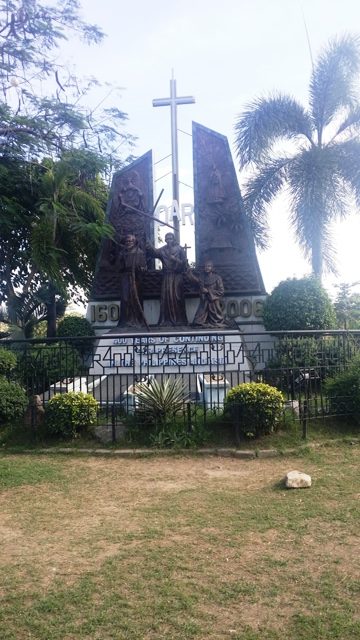Pahiyas Festival is a yearly festival in honor of San Isidro de Labrador for the good harvest of the town in Lucban, Quezon. Every 15th of May the creativity differs from house to house with colorful kipings, anok, different fruits, vegetables, root crops and rice barn, woven hats and other native products, delicacies and food that originated from Lucban.

Lucbanin (locals of Lucban) prepares for the festival at the start of the year. The municipality gives the route map where the festival will take place. A normal Lucbanin asks “Daan ba sa atin?” This means if Pahiyas would pass by their street.
The household on the street included in the route map will think of their payas (much often used by Lucbanin) or design of the house.
Kiping is a leaf-shaped wafer of flake made of rice. It is molded in a big leaf from “kabal.” The colorful kipings are prepared every day because it takes time for the leaves to dry. The famous ‘arangya’ or chandeliers of different colors, needs a lot of kiping. Arangya, depending on the size can reach the ceiling of the second floor down to the first floor of the house. Or sometimes even up to the third floor of the house. Other decorations can be made using kiping like flowers, orchids, wallpapers, and other artworks. Kiping of different colors are also edible and it is cook by grilling or frying it.

Harvested fruits, vegetables, root crops and rice barns are also used as decorations. Woven hats or bags and other native products will also be seen as an ornament. “Anok” is a miniature dummy of the mannequin of people, usually farmer. The anok are used as decorations accompanied by a miniature of a life-size carabao.

The food during the occasion are kalderetang kalabaw, hardinera, embotido, pansit habhab or pansit lucban, longganisang lucban, kesong puti, kinulob and other food for the visitors. Delicacies are seen at the table like pinais, suman, halayang ube, budin, broas, meringue, puto seko etc.

On the 14th of May or sometimes earlier, is the start of decorating the front house. Between 11AM to 2PM, the judges start checking the houses. The prizes include Grand Prize, 1st, 2nd, 3rd, Special Awards, Ginintuang Butil, Best Arangya and other consolation awards
One of the highlights of Pahiyas is the “Parikitan.” In the afternoon, tourists wait for the parade of muses and escorts wearing native costumes and accessories, different floats with carabaos, higantes and the procession of San Isidro Labrador. Awards will also be given during this time.
After the mass at the San Luis Church, you can drop by in the Tiangge outside the church and streets near the church where you can buy different products and pasalubong from Lucban.
At night, there’s a competition for the Best in Lights for the Pahiyas Festival at Night. The lights enhance the vibrant decoration during the night.
For other post about Lucban, please check Kamay ni Hesus


























































